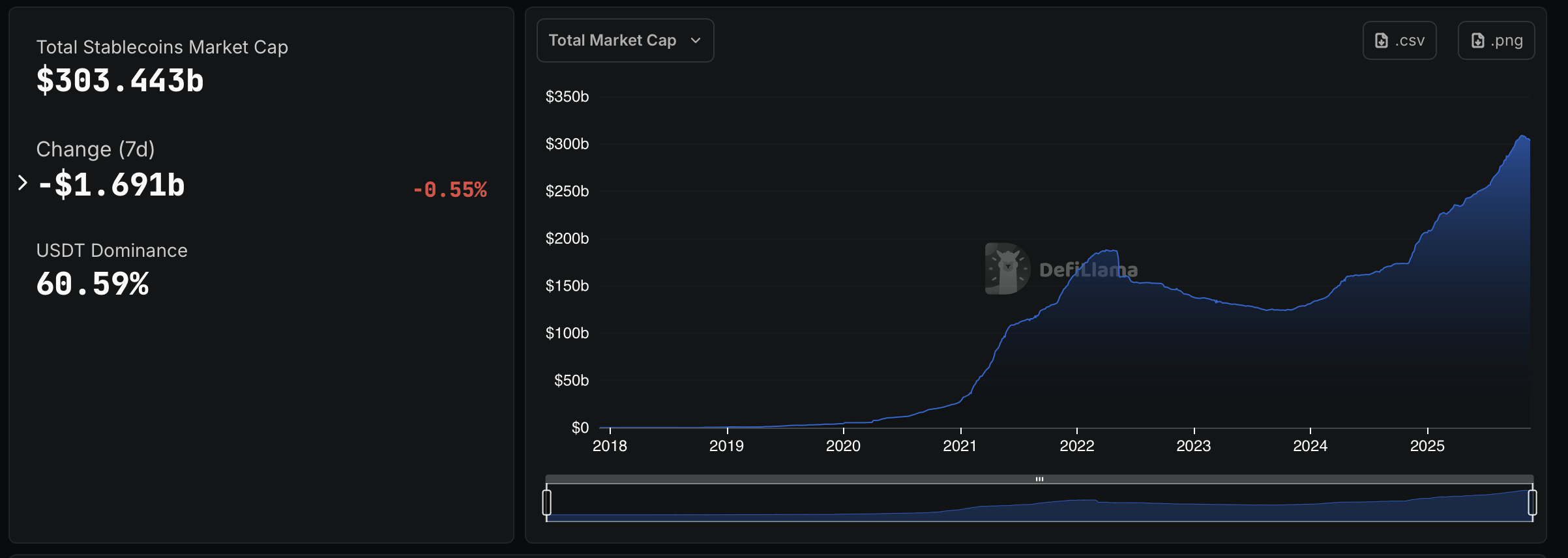Paxos Labs has launched USDG0, an omnichain extension of its regulated USDG stablecoin, bringing fully backed dollar liquidity to Hyperliquid, Plume and Aptos through LayerZero’s OFT standard.
According to an X post from Paxos Labs on Tuesday, USDG0 extends USDG (USDG), a 1:1 dollar-backed stablecoin issued by Paxos and governed by the Global Dollar Network, to new chains without creating separate wrapped versions.
By using LayerZero’s OFT standard, USDG0 can move across blockchains as a single native asset while preserving the same regulatory protections and backing as USDG on Ethereum, Solana, Ink and X Layer.
Paxos Labs said the initial rollout showcases how different networks can plug into the stablecoin’s economics. On Hyperliquid, USDG0 will support yield-aligned trading and new lending markets, while Plume and Aptos plan to use it to power modular DeFi, tokenized yields and enterprise-grade stablecoin rails.
Across all three ecosystems, USDG0 is designed to enable apps to embed dollar liquidity into their products, earn yield tied to Treasury benchmarks, and transfer value between chains without relying on traditional bridges.
The company said the initiative represents “how regulated infrastructure meets the composability of DeFi and how trusted money becomes truly borderless.”
Since 2018, Paxos has processed more than $180 billion in tokenization activity under the oversight of global regulators. The company oversees three regulated dollar-backed stablecoins: USDP, PayPal’s PYUSD and USDG.
Related: Visa pilots fiat-funded stablecoin payouts for US businesses
Stablecoins around the world
Regulatory clarity in the United States under the GENIUS Act and in Europe through the Markets in Crypto-Assets (MiCA) framework has helped drive a surge in stablecoin adoption. According to DefiLlama data, the stablecoin market cap stands at $303.44 billion, up nearly $100 billion since the start of the year.
While the stablecoin market remains dominated by Tether’s USDt (USDT) and Circle’s USDC (USDC), several other players have entered the market this year from all around the world.

In October, Western Union announced plans to launch USDPT, a US dollar-pegged stablecoin issued by Anchorage Digital Bank on Solana. The token is designed to connect the company’s digital and fiat payment rails and support its global money-movement and treasury operations.
The same month, JPYC, a Tokyo-based fintech company, launched Japan’s first yen-backed stablecoin, a 1:1 yen-pegged token supported by bank deposits and government bonds.
In Europe, a consortium of nine banks announced in September that they’ll launch a stablecoin pegged to the euro, competing with the rise of dollar-backed stablecoins. The stablecoin is expected to launch in the second half of 2026.
Magazine: 2026 is the year of pragmatic privacy in crypto: Canton, Zcash and more



